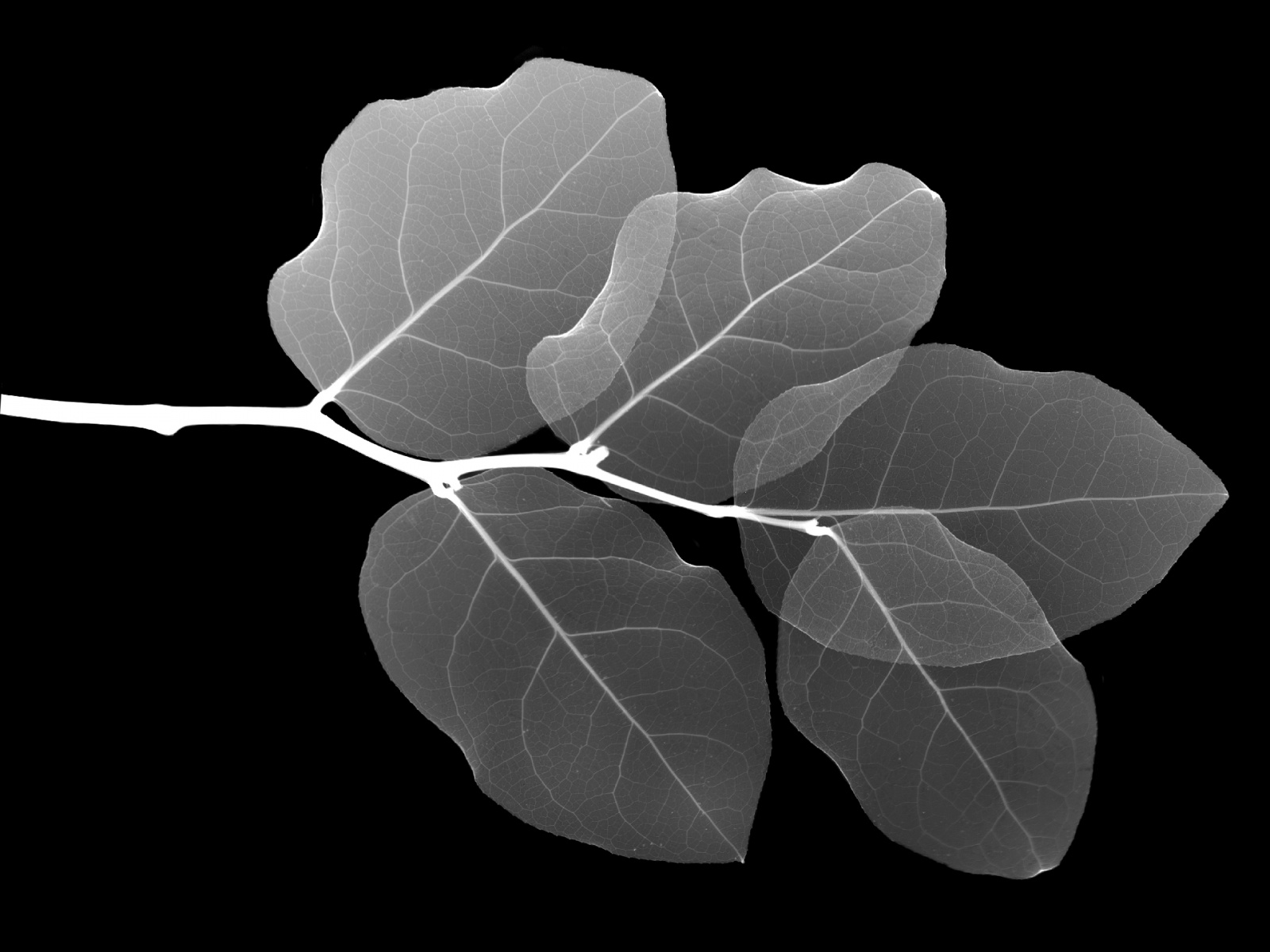Drought and resprouting plants
Many species have the ability to resprout vegetatively after a substantial loss of biomass induced by environmental stress, including drought. Many of the regions characterised by ecosystems where resprouting is common are projected to experience more frequent and intense drought during the 21st Century. However, in assessments of ecosystem response to drought disturbance there has been scant consideration of the resilience and post-drought recovery of resprouting species. Systematic differences in hydraulic and allocation traits suggest that resprouting species are more resilient to drought-stress than nonresprouting species. Evidence suggests that ecosystems dominated by resprouters recover from disturbance more quickly than ecosystems dominated by nonresprouters. The ability of resprouters to avoid mortality and withstand drought, coupled with their ability to recover rapidly, suggests that the impact of increased drought stress in ecosystems dominated by these species may be small. The strategy of resprouting needs to be modelled explicitly to improve estimates of future climate-change impacts on the carbon cycle, but this will require several important knowledge gaps to be filled before resprouting can be properly implemented.
Cite By |
Year |
|
|---|---|---|
Drought and resprouting plants |
26 | 2015 |
| MJB Zeppel, SP Harrison, HD Adams, DI Kelley, G Li, DT Tissue, ... | ||
| New Phytologist 206 (2), 583-589 | ||
| more info | ||
| Generated using scholar packages: | ||
| Keirstead , James ( 2015 ), scholar: analyse citation data from Google Scholar , R package version 0.1.4 , http://github.com/jkeirstead/scholar | ||
| and | ||
| googleScholarGrab version no. c30b66a | ||
| extracted from Douglas Kelley 's google scholar on Tue 07 Feb 2017 21:52:30 |


